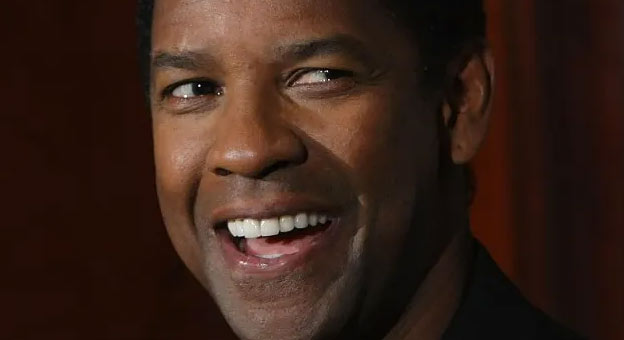What is the halo effect? The halo effect is a bias in which our overall impression of a person (a figurative halo) colors our judgment of that person’s character. The research into the halo effect shows that a person’s positive qualities, physical appearance, and general attractiveness affect how we judge their character – the better they look and behave, the better a person we judge them to be.
Halo Effect Example:
The Halo effect is Why “Angels” and “Devils” Walk the Earth.
A classic example of the halo effect would be a politician whom we trust to make good decisions because he seems warm and friendly and has great hair and a bright smile.
This effect isn’t just limited to the halo of saintliness, either; other researchers have found a sort of devil-horns effect in which a generally negative impression of a person makes us judge their character negatively.
Edward Thorndike: Halo Effect & Soldiers
The halo effect was first described in 1920 by psychologist Edward Thorndike. In a study, he asked two commanding officers to evaluate their soldiers in terms of their physical qualities (like neatness, energy, and physique) and their mental, emotional, and social qualities (like intellect, leadership, and responsibility).
Thorndike found that, if one of the soldier’s qualities was rated highly, the other qualities tended to also be rated highly, and vice versa. That is, a soldier rated as intelligent was also rated to be neat and a good leader, while a soldier rated as irresponsible also tended to get low marks on physique and energy.
Thorndike concluded that the correlations were too high and too even to be a simple coincidence, and called them a “halo error,” referring to how the general perception of the individual created a positive or negative “halo” around the person that blurred their individual characteristics.
The Halo Effect & Branding

Further research into the halo effect has found that it can color how jurors think of defendants, how teachers think of their students, and even how people think of non-human entities like organizations and brands.
It’s well-known in the business world that certain brand names can use the “halo” of their reputation to charge a premium for a basic product.
Halo effect today? In recent years an endorsement from a celebrity like Elon Musk can even give legitimacy and value to an entire faith-based currency like Bitcoin or dogecoin!
Human beings naturally make these perceptual adjustments—up with a halo, down with horns—without even realizing it.
And, it shouldn’t be surprising that our brains use this cognitive shortcut. It makes living in a complicated world easier if we can just paint people and things with the broad brush of “good” or “bad,” which is why the halo effect persists in humanity today.
This post was originally on our sister site, beinghuman.org. Thanks for visiting Black Alliance!

